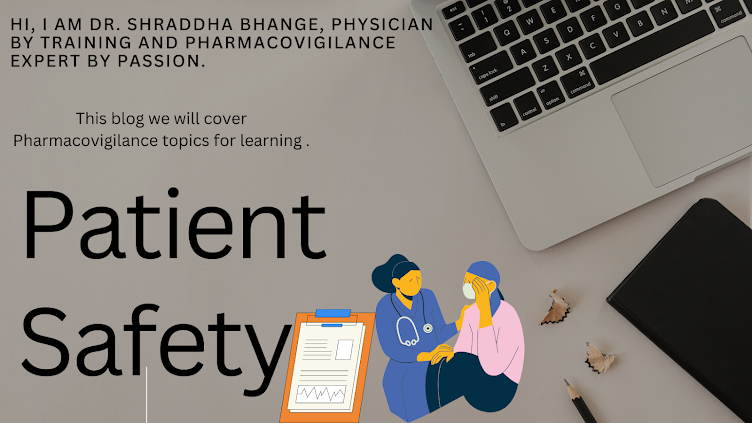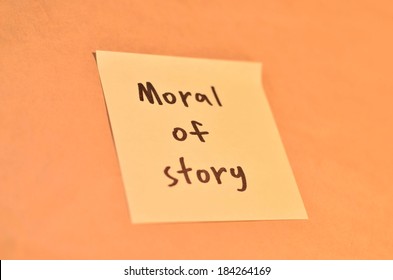With changing times, it is said that we have lost a lot of our attention span and this if applied to our reading, makes us to read something quickly and come to conclusion.
This is exactly what physicians, health authorities, responsible HCP (Healthcare Professionals) want to read when they read adverse event report preferably CIOMS/MedWatch. They just want to get idea regarding the reported adverse event and the suspect drug and what does the company's position is on this.
Medical assessment is known as company comment, sponsor comment, MAH comment and so on but in this blog we will term it as medical assessment. The medical assessment or sponsor assessment or company comment is exactly the place where you will find this information.
What is medical assessment?
This is short description (generally not more than 4 to 5 sentences) regarding Sponsor's position with respect to the reported Adverse Event (AE) and Sponsor's suspected products and its relationship to AE in a very brief and conclusive way.
Who should write it?
Many Sponsors* and Regulatory authorities* prefer safety physician’s i.e certified medical doctors to write it especially for Clinical Trials (CT) and Serious cases. However non serious and post marketing adverse event reports can be handled by experienced pharmacovigilance individuals who are not medical doctors per se but are HCP’s with proper training and expertise. In fact, regulatory guidelines are also not stringent regarding requirement of only medical doctors to write medical comment for all cases in PV , and same is being followed widely in industry.
1. Know the safety profile of drug- Refer to IB,RMP,SmPC,PIL .This helps to understand the mechanism of action and safety profile of suspect product in relation to the reported event.
2. Causality assessment- It is a topic, that will be explored in detail in another blog. However the important prerequisite is that causality assessment has to be done so you know your position as to is it a related or not to suspect product. This helps in writing sponsor assessment so that you know how and what to write.
3. Know the clinical presentation of the event, it is important to know the disease pathophysiology, risk factors etc so as to explain the event and correlation to drug.
4. Know the time to onset/Latency (temporal relationship of the event and product).
5. Knowing safety profile of other concomitant medications. This is not always very easy, especially in patients when conmeds are reported as none or many. The trick is first go by class of drugs and then download the SmPC/PIL/USPI of relevant drugs from company website/RA websites. (You can find such relevant websites on my previous blog)
What and how should it be framed?
Medical assessment is free text field in any Safety database used by Sponsor. Most Sponsors have a standard template to help drafting it.
Some common do’s are:
1. Use full generic drug names (i.e. for the active ingredients) only; no abbreviations.
2. If the case is not assessable due to poor documentation, describe what additional information is needed to determine causality. Ensure you send follow up for this missing information.
3. If required, provide reference of case definitions/literature to support the assessment.
4. Provide the statement regarding the current safety profile of drug in relation to current RSI and event (listedness).
Some common don’ts are:
1. Be concise (e.g. do not repeat case demographics which are already mentioned in case narrative i.e age & sex, unless they contribute to the medical assessment).
2. Avoid abbreviations including obvious one’s as well e.g COPD,DM,URTI,HB etc .
3. Do not include calendar dates but the number of days from exposure to event (e.g. 2 Days after treatment started) i.e latency; it is acceptable to give approximate dates (e.g. after about two months or 2 years when more appropriate).
4. Avoid mentioning unsubstantiated or non-scientific sources to frame sentences.
5. Avoid using very definitive and specific terms or personal opinions like it is highly impossible, not at all related etc.
6. Avoid mentioning assessment for other company suspect products when not needed or when data is inconclusive.
Take home message :
It is important to remember that the medical assessment should make medical and scientific sense and is standardized ( conveying same meaning to every reader). It is company statement and the writer should remember that it can be challenged during audits/inspections.
*Sponsor/Marketing Authorization Holder/Manufacturer and RA/HA/NRA/CA (Regulatory Authorities/Health Authorities/National Regulatory Authority/Competent Authority) are used interchangeably for ease in blog but have different definition.
Dr.shraddha Bhange.
Connect with me Via comments below, I do not respond to Facebook messages.
Support the cause of better rural education with me:ThinkSharp Foundation http://thinksharpfoundation.org/#home



